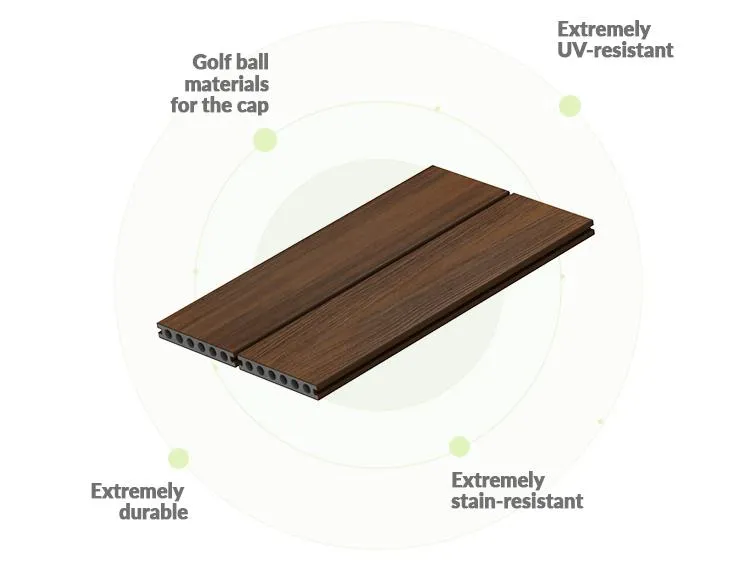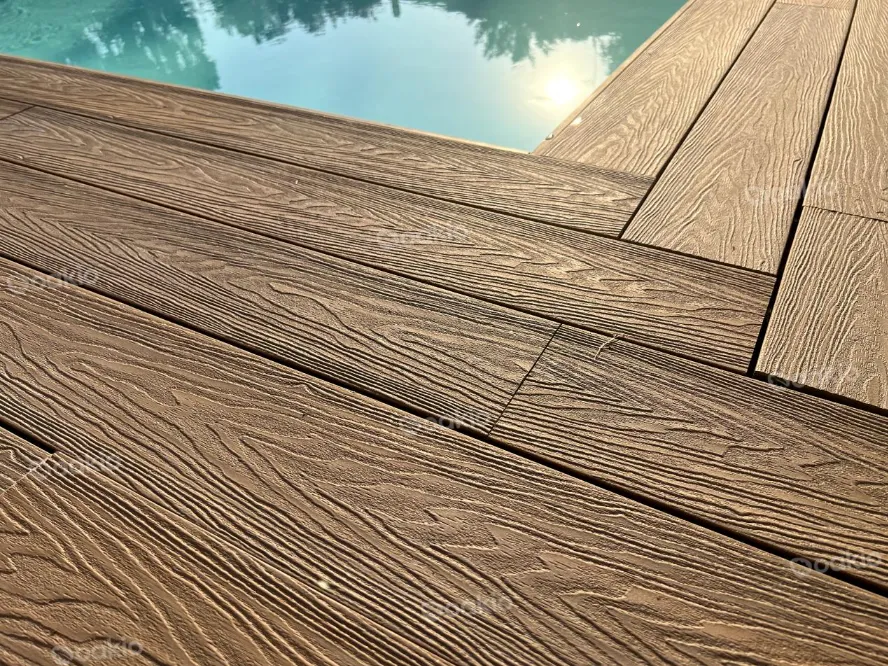The Future of Automotive Design: WPC Materials in Car Components
WPC (Wood-Plastic Composite) materials are gaining traction in industries ranging from construction to aerospace. Among these, the automotive sector has emerged as a key market for WPC, where it replaces traditional materials like steel and fiberglass. Offering sustainability, recyclability, and superior design flexibility, WPC is revolutionizing automotive interiors while aligning with the industry’s push toward eco-friendly solutions.

Applications of WPC Materials in Automotive Interiors
WPC materials have been widely adopted in car interiors for decades. Renowned brands like Ford, Mercedes-Benz, Audi, BMW, and Toyota incorporate WPC in various components, including:
- Door panels
- Seat backs
- Instrument panels
- Luggage racks
- Trunk liners
These components are produced through thermal molding, extrusion, or injection molding. WPC’s lightweight nature not only enhances fuel efficiency but also reduces production costs, making it a go-to material for modern automotive design.
Key Advantages of WPC in Automotive Design
- Eco-Friendly Composition: WPC is made from recycled plastic and plant fibers, combining sustainability with high performance.
- Recyclability: Components made of WPC can be reused or biodegraded, reducing environmental impact.
- Lightweight and Durable: Its low density compared to solid wood or steel makes WPC ideal for reducing vehicle weight.
- Thermal and Physical Properties: WPC offers excellent thermal stability and can be molded into complex shapes, increasing design possibilities.
Challenges and Development Directions
While WPC materials offer numerous benefits, certain limitations remain, such as low elongation at break and reduced mechanical performance at high wood-fiber content. Researchers and manufacturers are addressing these challenges with targeted innovations:
- Improved Formulations: Developing additives and surface treatments to enhance compatibility between plastic and plant fibers, increasing tensile strength and elongation.
- Foaming Technology: Introducing microporous structures to reduce density, lower raw material costs, and improve impact resistance.
- Advanced Extrusion Processes: Optimizing equipment and techniques to overcome issues like material bridging and poor flow during production.
- Functional Additives: Adding compounds for properties such as fire resistance, UV protection, and anti-aging, further broadening WPC’s application scope in automotive components.
The Role of WPC in Sustainable Automotive Design
As the automotive industry shifts toward sustainability and lightweight solutions, WPC materials play a pivotal role. By replacing traditional materials with eco-friendly alternatives, automakers are improving recyclability and reducing their carbon footprint. WPC components align with industry standards for green manufacturing, offering a sustainable path forward in car design.
Conclusion
WPC materials are redefining automotive interiors with their eco-friendly, lightweight, and versatile nature. As technological advancements continue, WPC’s role in the automotive industry is set to expand further, paving the way for more sustainable and innovative designs. If you’re looking for sustainable solutions for automotive applications, consider exploring WPC’s potential today!
Trending Reading
What Are the Differences Between the WPC Board and PVC Board?
[2024 Update] How Long Does WPC Decking Last?











